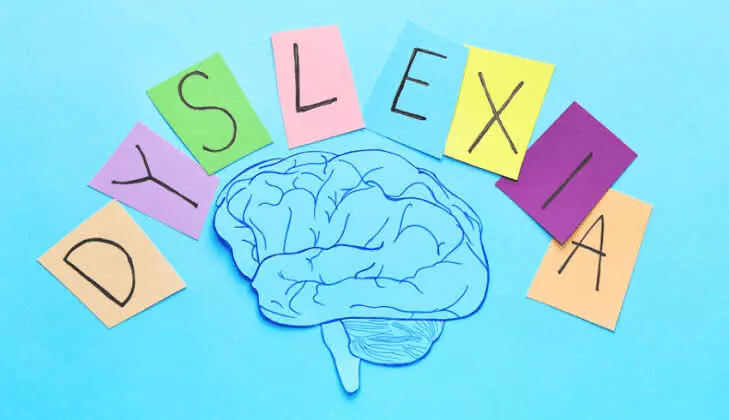'Taare Zameen Par': 40% entrepreneurs, 26% CEOs are dyslexic, reveals new survey
Another important aspect highlighted is the importance of parental acceptance and backing
By Neelambaran A
Representational Image.
Hyderabad: Dyslexia is a learning disorder, primarily due to genetic problems, which affects children and remains a challenge for parents, educators, and researchers.
A neurological condition with difficulties in recognizing the accurate word and poor spelling, affects around 20% of the population, as per the International Dyslexia Association.
The primary challenge remains to identify the condition at the primary school level to carry out the necessary interventions to overcome the challenges of dyslexia. In the absence of a cure, early intervention, overcoming the social stigma, and awareness among parents and teachers remain the possible ways to overcome the challenges.
Dyslexia is neither connected to intelligence nor the ability of the individual, but a disorder that can be mastered through adequate and advanced interventions. Various organizations continue to raise awareness about dyslexia among parents, teachers, and civil society.
Dyslexia awareness month
Every year, the dyslexia awareness month is observed during October. With the theme ‘Until Everyone is Read’ for 2024. Given the high percentage of prevalence, around 20% of the population, the identification of the condition is highly emphasized.
Mrudula Govindaraju, founder member of the parent support group called GOLD, an organization working with dyslexic children and parents said, “The intelligence among such children would be average and above average. There is an issue in the wiring of the brain, making the person feel difficulty in processing the words for reading. But they will easily understand when someone reads it”.
Early identification critical
There are several causes for dyslexia to prevail among children, with a very high percentage being purely genetic. The disorder can also occur due to accidents of pregnant mothers, wrong medication, alcohol and drug abuse, and complications during delivery.
The condition that does not have any cure needs to be identified early for effective intervention. Since people with dyslexia are strong in several other areas, identifying their strengths can result in better achievements.
“Right from kindergarten education, we can identify the dyslexic children gobbling up rhymes, and mispronouncing several words. The primary school teachers are in the best place to identify the condition to ensure faster intervention”, Mrudula added.
Lifelong condition
The principal intervention involves teaching the children to overcome the condition. Since this is a lifelong condition, specially trained teachers and educators play a vital role in empowering the children. Children above the age of 14 or 15 can be trained to convert dyslexia as their strengths.
“Schools have resource rooms where teachers are trained to teach the dyslexic children in a way they understand. They will develop their capacity to read, write, and perform well in examinations. There are doctors, engineers, dancers, and civil servants who are dyslexic”, Mrudula added.
40% entrepreneurs are dyslexic
Timely intervention, right from the schools will make children with dyslexia an effective contributor to society on multiple fronts.
“Research has revealed that around 40% of the entrepreneurs are dyslexic. A survey by LinkedIn found that 26% of CEOs are dyslexic. The society must identify the unique strengths of dyslexics at an early stage, so they can become successful in life”, Mrudula said.
Madras Dyslexia Association along with GOLD and other organisations held a dyslexia awareness walk on October 20 to create awareness among the parents. The Inspector General of Police (IGP) office in Chennai was lit up with red colored lights as part of the ‘Light it Red for Dyslexia’ campaign.
Parental acceptance and development in technology
Another important aspect highlighted is the importance of parental acceptance and backing, given the fact that dyslexia is an invisible condition. This makes the understanding of the condition and early intervention crucial.
With the development in technology, advancements like text-to-speech software, audiobooks, and fonts designed for dyslexic readers, working and learning at institutions and the workplace are getting better.